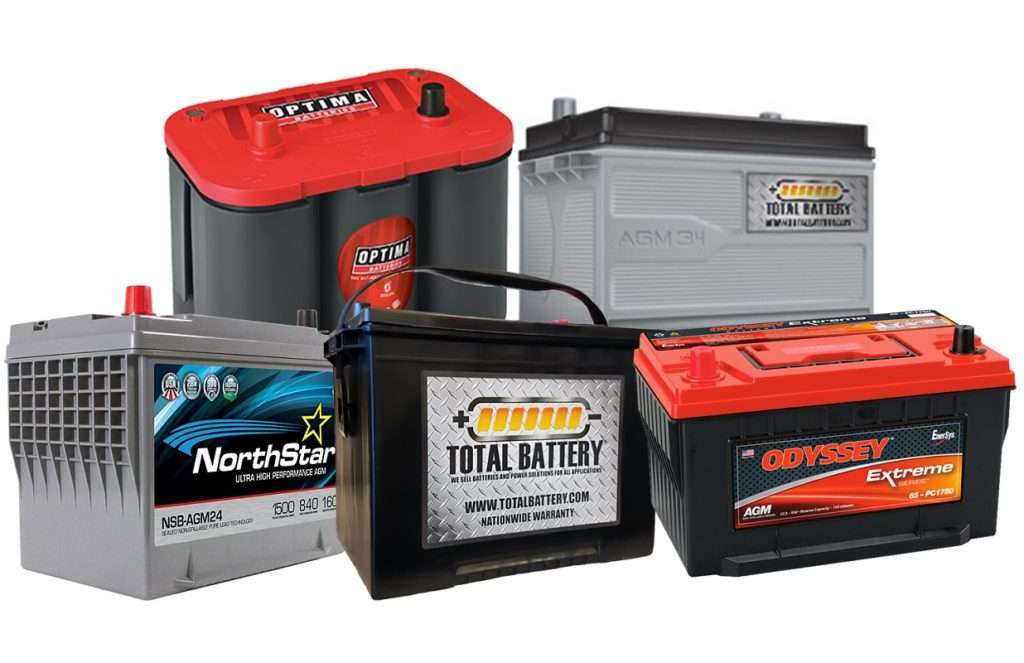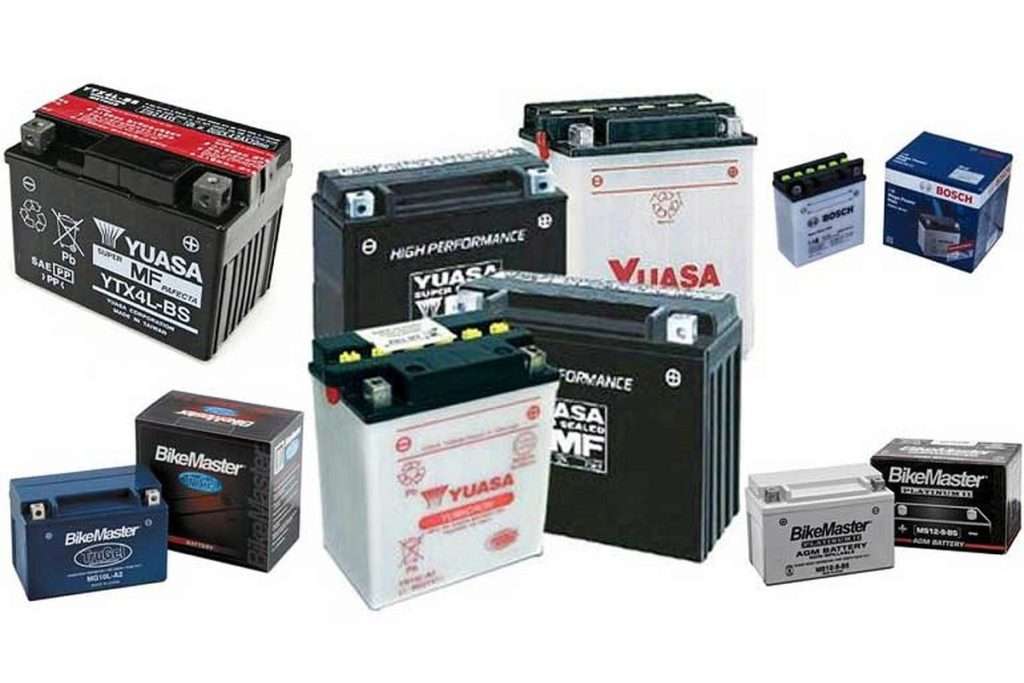Imagine a scenario in which we let you know that there was a way to make your drained battery back ready.
Rather than supplanting it with another battery each time it kicked the bucket, you could get your vehicle battery reconditioned.
While this may not be feasible for damaged or very old batteries, battery reconditioning is a common way to expand the lifespan of a battery.
What Is Battery Reconditioning?
Battery reconditioning is the process of returning drained battery cells to full health and charging capacity.
However, why is reconditioning even required in any case?
The lead-acid battery creates electrical energy through a chemical reaction between its electrolyte fluid (comprising of sulfuric acid and water) and leads plates.
Each time a battery releases, lead sulfate crystals structure on the battery plates. At the point when the lead-acid battery is re-energized, the lead sulfate scatters.
Nonetheless, not every last bit of it disappears.
With time, the lead sulfate crystals develop, influencing the charging and releasing capacity of the battery. This condition is called sulfation.
Sulfation makes the battery go through longer charging times, have less charge capacity, and become less proficient until it ultimately can’t hold a charge.
Here’s where battery reconditioning steps in.
The battery reconditioning process assists clear off the abundance of lead with sulfating crystals in every battery cell and recharges its electrolyte solution, permitting the battery to work practically like new.
Anyway, how is battery reconditioning done?
Lead Acid Battery Reconditioning (Step-By-Step Guide)
Battery reconditioning should be possible on both a flooded lead-acid or sealed battery.
It includes these seven stages:
- Blend the cleaning solution
- Clean the battery of corrosion
- Void the battery cells
- Clean the battery cells
- Supplant the battery electrolyte
- Re-energize the battery
- Test battery voltage and loading
Before you start, there are several things you want to prepare quite a bit early.
Required Items
This is the very thing you’ll have to have available.
Materials:
- Distilled water
- Baking pop
- Epsom salt
Equipment:
- Protective gear (wellbeing goggles, cover, chemical-safe gloves, and so forth.)
- Toothbrush, steel wool, or battery terminal cleaner
- Flathead screwdriver
- Funnel
- Pail
- Battery charger
- Voltmeter or multimeter
Safety Measures
To begin, suit up with your protective gear. The battery electrolyte contains sulfuric acid, and you need no on your skin or apparel. Ensure you work in a well-ventilated area if there should be an occurrence of splashes, spills, or released fumes.
Actually look at your vehicle battery for any sort of damage, cracks, bloating, or leaking. Try not to recondition a genuinely compromised battery. Get another battery.
Check The Battery Voltage
Checking the battery voltage will let you know if the battery is reasonable for reconditioning.
The standard 12V vehicle battery has six cells. Every battery cell produces a cell voltage of 2.1V, so a healthy battery perusing will be around 12.6V.
Contact the voltmeter or multimeter (that is set to understand voltage) to the battery terminals, the red cable to the battery’s positive terminal, and the dark cable to the adverse terminal.
The battery might be reconditioned for a voltage perusing between 10V-12.6V. In the event that it’s under 10V, you have a totally drained battery and ought to supplant it.
Assuming that everything is fine, you’re prepared to continue with the reconditioning process:
How it’s done:
Blend The Cleaning Solution
Blend the baking soft drink in with distilled water to make a watery paste. The ratio ought to be 2:1 or 1:1 between baking soft drinks to distilled water. Utilize no other sort of water (like faucet water) as these may contain unsuitable trace minerals.
This solution will go about as a battery cleaner and furthermore neutralize any acid spills.
Clean The Battery Of Corrosion
Detach the battery cable’s negative (- ) battery terminal first, then the positive (+) terminal.
Apply the cleaning solution to any eroded battery terminal, then, at that point, utilize the toothbrush or steel wool to scrub. Corrosion impedes the exchange of electrical energy, so eliminating it from the terminals and cable connectors is significant.
On the other hand, a committed battery terminal cleaner would likewise work here.
Void The Battery Cells
Eliminate every battery cap and spot them in a temporary container, so you don’t lose them. On the off chance that it’s a sealed battery, utilize the flathead screwdriver to pry off the battery cover and battery cell covers under.
Cautiously vacant the battery acid from every cell into the can.
Add around 500gm of baking soft drinks to the can neutralize the battery acid, so it’s safe for removal at a recycling center.
The most effective method to Jump-Start a Car
Assuming that there are any spills, pour the baking soft drink cleaning solution to neutralize this as well.
Clean The Battery Cells
With a funnel, fill every battery cell with the cleaning solution. Supplant the battery covers and shake the battery between 30 seconds to 1 moment.
Once more, open the battery covers and void the cleaning solution into the container.
Supplant The Battery Electrolyte
Dissolve 120gm of Epsom salt in 1 liter of distilled water (this makes an electrolyte of 1 molar concentration). You can heat up the water to assist with dissolving the Epsom salt. Blend it well until there aren’t any solids left.
Fill every battery cell and close the battery covers. Shake to equitably disseminate the salt.
Re-energize The Battery
Set the battery-free from any potential harm area.
Eliminate the battery covers again as an additional precaution, the electrolyte solution will warm up and may spill over during charging.
Interface the battery charger to the battery terminal, the red wire to the positive terminal, and the dark wire to the adverse terminal.
Keep the charger as distant from the battery as could be expected, then set it to charge an extremely low current of 12V/2 Amps. Charging at a low current permits the Epsom salt to separate the lead sulfate crystals on the battery plates.
Let the battery charger run for 24-36 hours.
Test Battery Voltage And Loading
Separate the battery charger and really look at the battery voltage with the voltmeter. The readings ought to be around 12.42V. In the event that lower, reconnect the battery charger and energize for an additional 12 hours.
In the event that everything is great, play out a rudimentary load test:
Reinstall the battery, turn the ignition key to “ON,” and switch on the high beams
Check the battery voltage once more
A voltmeter perusing of 9.6V means the battery is great.
Then again, you could utilize a devoted battery load tester for this on the off chance that you have one close by.


